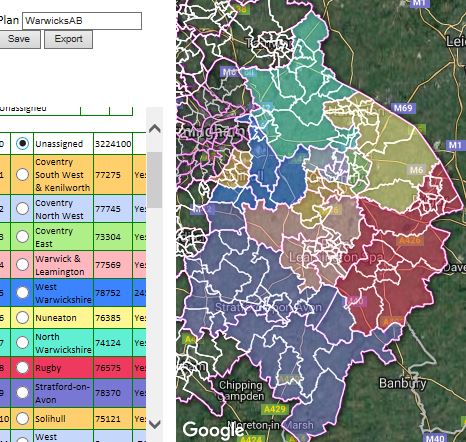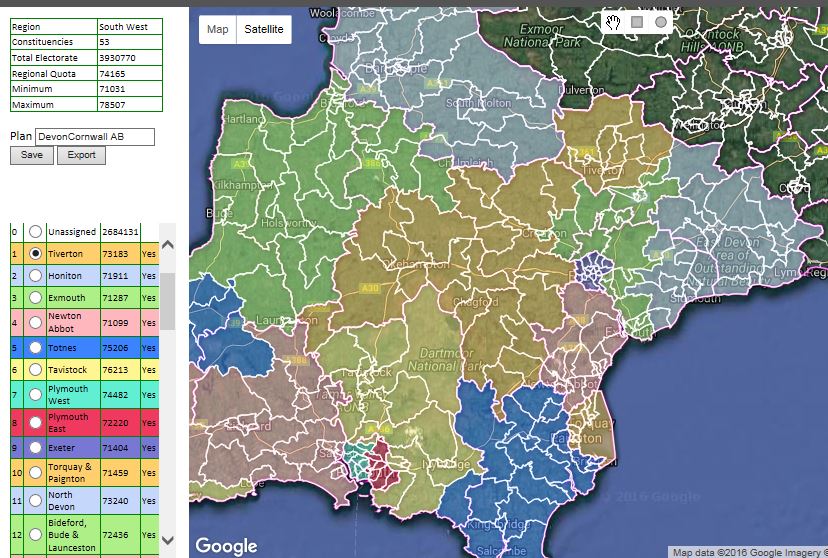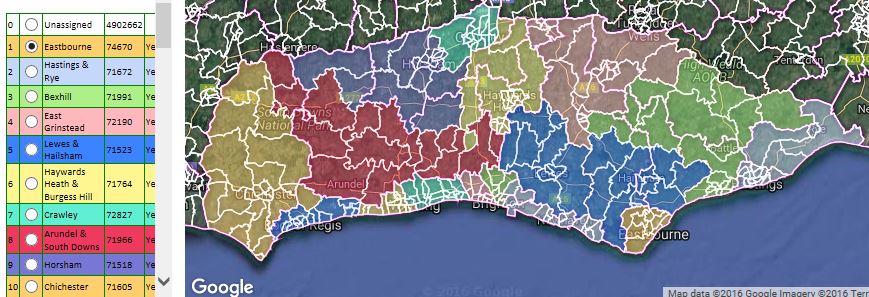My alternative constituencies: North Yorkshire

I am nearly at the end of my series of alternative constituencies for the 2018 Boundary Review, and the last England-focused section will be on North Yorkshire. Although I agree with the general structure of the changed constituencies, and with keeping York Outer and York Central essentially intact, I feel it is best if 'Ainsty' (a wapentake which has in fact not existed for centuries) is separated from Selby within Selby & Ainsty, and returned to Harrogate & Knaresborough. Selby does not look northwards within a Yorkshire context (but rather eastwards to Hull or westwards to Leeds) and should never have been moved into the area covered by North Yorkshire County Council. Since few real changes of any kind are needed in North Yorkshire, and since separating Thirsk & Malton (which are not really connected to each other) is not possible within this review, there is little else to say here. My alternative constituencies for North Yorkshire look like this: Richm













